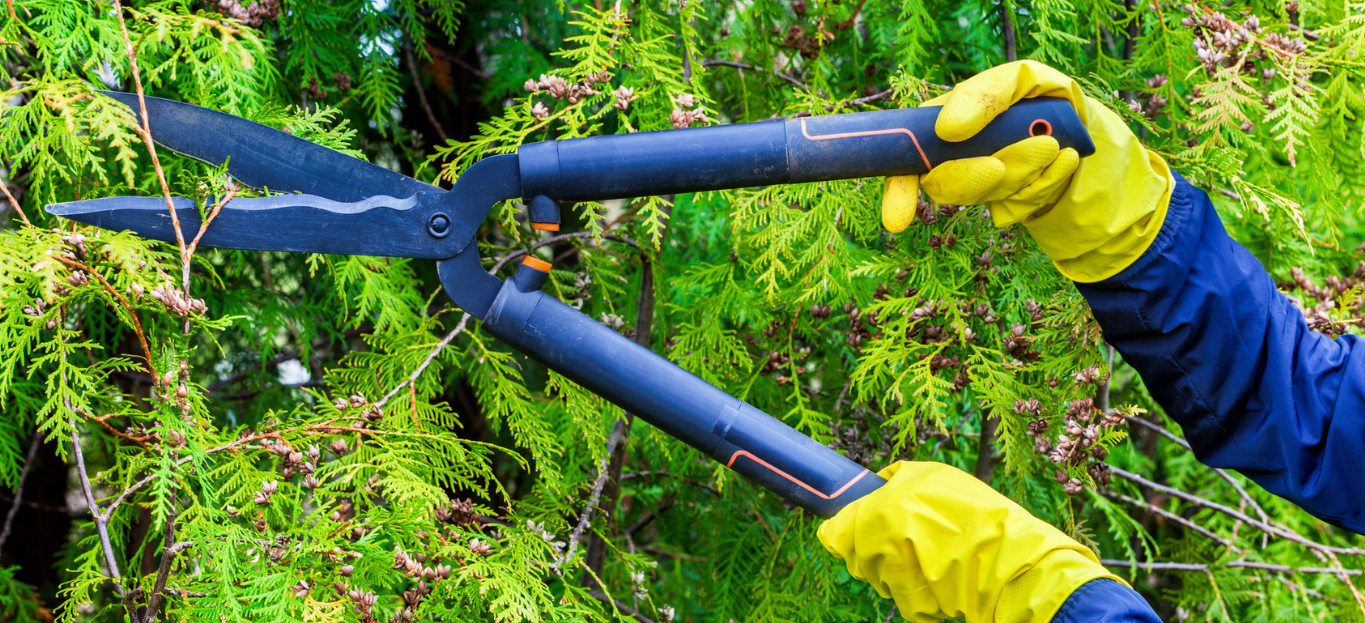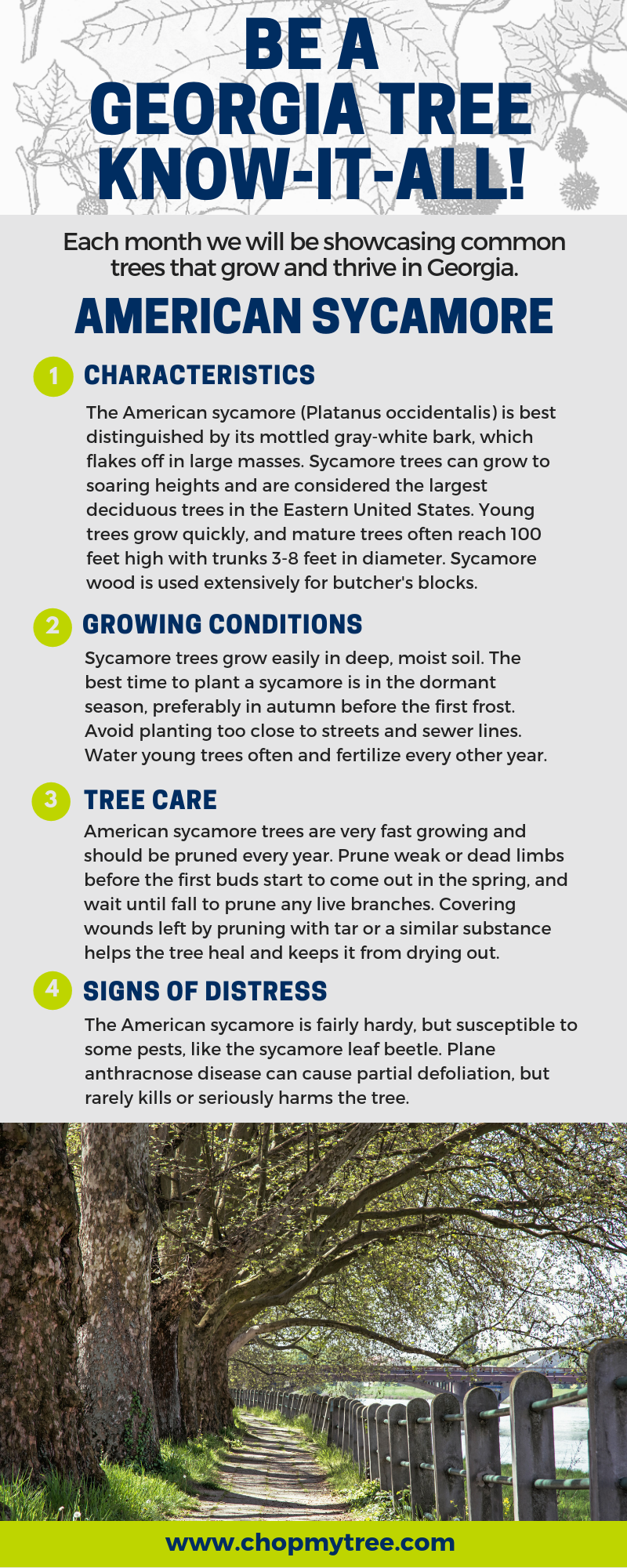Prudent Pruning: Smart Strategies to Prune Right All Year Long
Pruning: You know it’s important, but you’re not quite sure how to get the job done.
Oh sure, there are a few common rules. For trees that flower in spring, prune after they’re done putting on the show. For those that flower in summer, prune them in late winter or early spring, before bud break.
It’s not always so clear which approach to take, though, especially when trees don’t have showy flowers, or when their blooms crop up at that gray area between spring and summer. That’s why we’re here with a specific tutorial for five of Georgia’s most popular trees. Ready? Go.
Red Maple
This tree produces a lot of sap, and you don’t want to prune when it’s running quickly, because that exposes the tree to disease. Instead, wait until late spring or early summer, when sap calms down. Then prune the tree for shape, removing branches that clog the inner structures and following the natural lines of the tree.
American Sycamore
Sycamore likes to be pruned when it is dormant, so shoot for late fall after all the trees drop or winter before budbreak. Prune to remove dead branches, then to thin the tree and improve its natural shape. Avoid topping or cutting off limbs if you can help it.
Black Tupelo
Also known as the black gum, this tree tends to develop low-growing branches that can impede cars or people. Start by pruning those off in November, after the tree has gone dormant. Then prune for shape, remove dead branches and clutter, and create openness for light among the branches.
American Holly
Holly likes to be pruned in late winter. This encourages new growth in spring, and gives your holly that cheerful bright-green on dark-green appeal. Make sure you don’t cut off any brown wood unless you really mean to; it won’t regrow. Feel free to cut back as far as you like into the green branches, however, to achieve the shape you want.
Southern Magnolia
Magnolia is slow to heal from pruning, so ideally, don’t do it. When you have to, do it after bloom in spring or summer so they have time to rest up and heal before winter.
Note that once these trees are full-grown, you only need to prune when a limb is diseased or dying, or when a limb develops a weak crotch (one that grows too close to or too perpendicular from the trunk). Otherwise, you can let these trees take care of themselves and focus on the young ones you’re still training.
One parting piece of advice? If it’s a big tree and you can’t reach all its branches effectively, or if you simply don’t have the required expertise to prune properly, get some here. The pros here at Premier Tree Solutions are happy to help, so please feel free to get in touch today.








